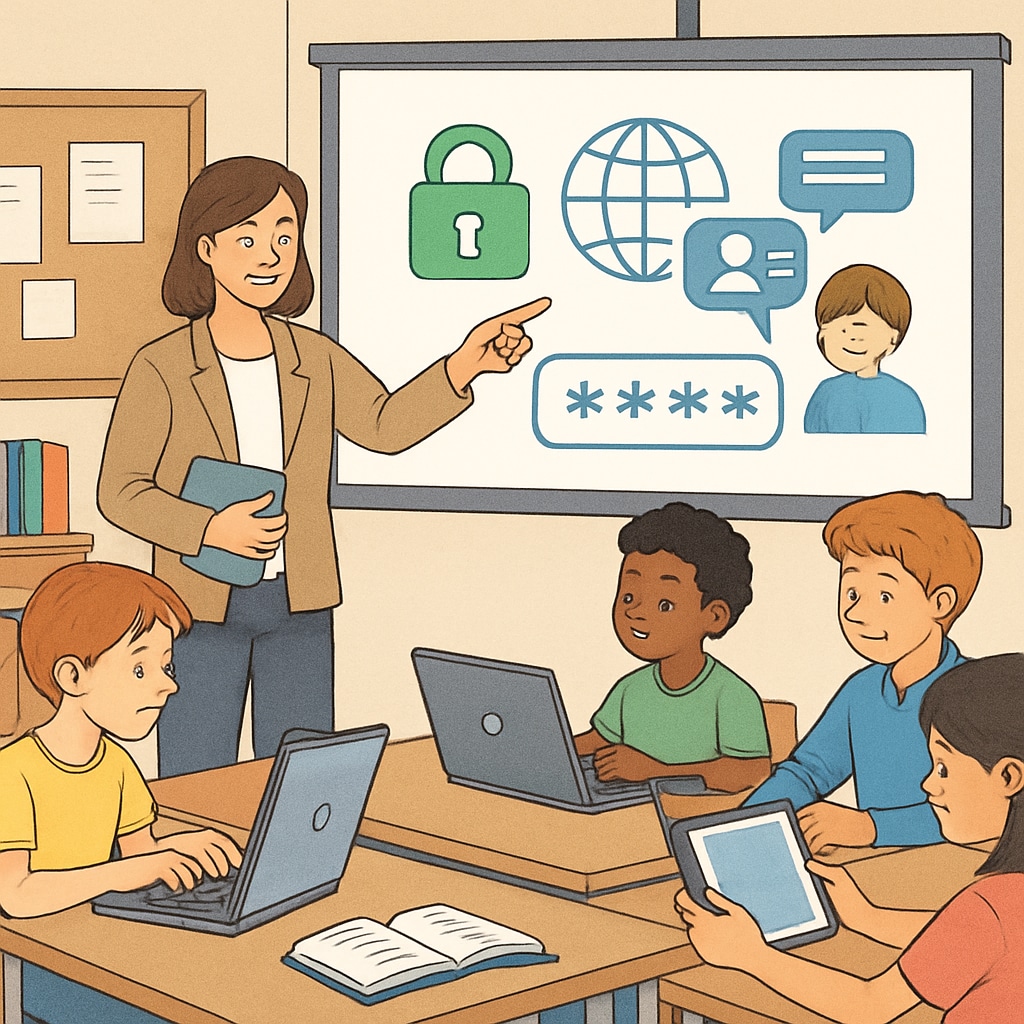The introduction of age verification laws in the UK, designed to safeguard young internet users, has unintentionally fueled a surge in VPN (Virtual Private Network) usage. This unexpected outcome highlights the limitations of purely technical restrictions when addressing youth online safety. It also raises an important question: Could these challenges be transformed into opportunities for fostering digital literacy and critical thinking in younger generations?
The Rise of VPN Usage Amid UK Age Verification Laws
Age verification laws in the UK were implemented with the goal of restricting access to adult content and protecting minors from harmful online material. However, instead of ensuring compliance, these regulations have inadvertently encouraged many users, including teenagers, to turn to VPNs. VPNs allow users to bypass geographic restrictions and anonymize their online activity, making them an appealing tool for those seeking to circumvent the age verification systems.
This trend raises serious concerns. While VPNs can provide legitimate privacy benefits, their widespread use among youth to bypass online protections undermines the effectiveness of the laws. Moreover, it introduces young users to tools that could expose them to greater risks, such as data breaches or exposure to illegal content. The rise in VPN usage strongly suggests that technical measures alone cannot guarantee online safety.

Why Technical Restrictions Are Not Enough
The reliance on technical restrictions, like age verification systems, stems from a belief that technology can act as a digital gatekeeper. While these systems can create barriers, they seldom address the underlying issue: the need for comprehensive digital education. Without understanding the risks and ethical considerations of online behavior, young users are likely to find ways to bypass restrictions, as evidenced by the increase in VPN usage.
Furthermore, technical restrictions often fail to account for the adaptability of the modern internet user. Teenagers, in particular, are adept at finding loopholes or workarounds to access content, demonstrating that a one-size-fits-all approach is insufficient. This scenario underscores the necessity of equipping youth with critical thinking skills and an understanding of digital ethics to navigate the online world responsibly.
Turning Challenges Into Educational Opportunities
Instead of relying solely on technical barriers, policymakers, educators, and parents should adopt a proactive approach to digital literacy education. This involves teaching youth how to critically evaluate online content, understand the implications of their online actions, and recognize potential risks, including the misuse of tools like VPNs.
Key strategies to enhance digital literacy among youth include:
- School-based education programs: Integrating digital citizenship and online safety into the curriculum to help students develop critical thinking and ethical decision-making skills.
- Parental involvement: Encouraging parents to discuss online risks and monitor their children’s internet use while fostering open communication.
- Collaborative efforts: Partnerships between schools, tech companies, and policymakers to provide resources and training for both educators and students.
By prioritizing education over restriction, we can empower young users to make informed decisions online, ultimately fostering a generation of responsible digital citizens.

Conclusion: Building a Better Digital Future
The unintended rise in VPN usage following the UK’s age verification laws has shed light on the limitations of technical restrictions in ensuring youth online safety. It serves as a reminder that technology alone cannot replace the importance of education in shaping responsible digital behavior.
By transforming these challenges into opportunities for growth, we can pave the way for a more informed and empowered generation. Schools, families, and policymakers must work together to provide the tools and knowledge necessary for young users to thrive in the digital age. After all, the most effective digital walls are those built with education, not just regulation.
Readability guidance: Short paragraphs and lists are used to improve clarity. Transition words like “however,” “in addition,” and “as a result” are included to ensure smooth progression. Passive voice and long sentences are minimized for enhanced readability.


